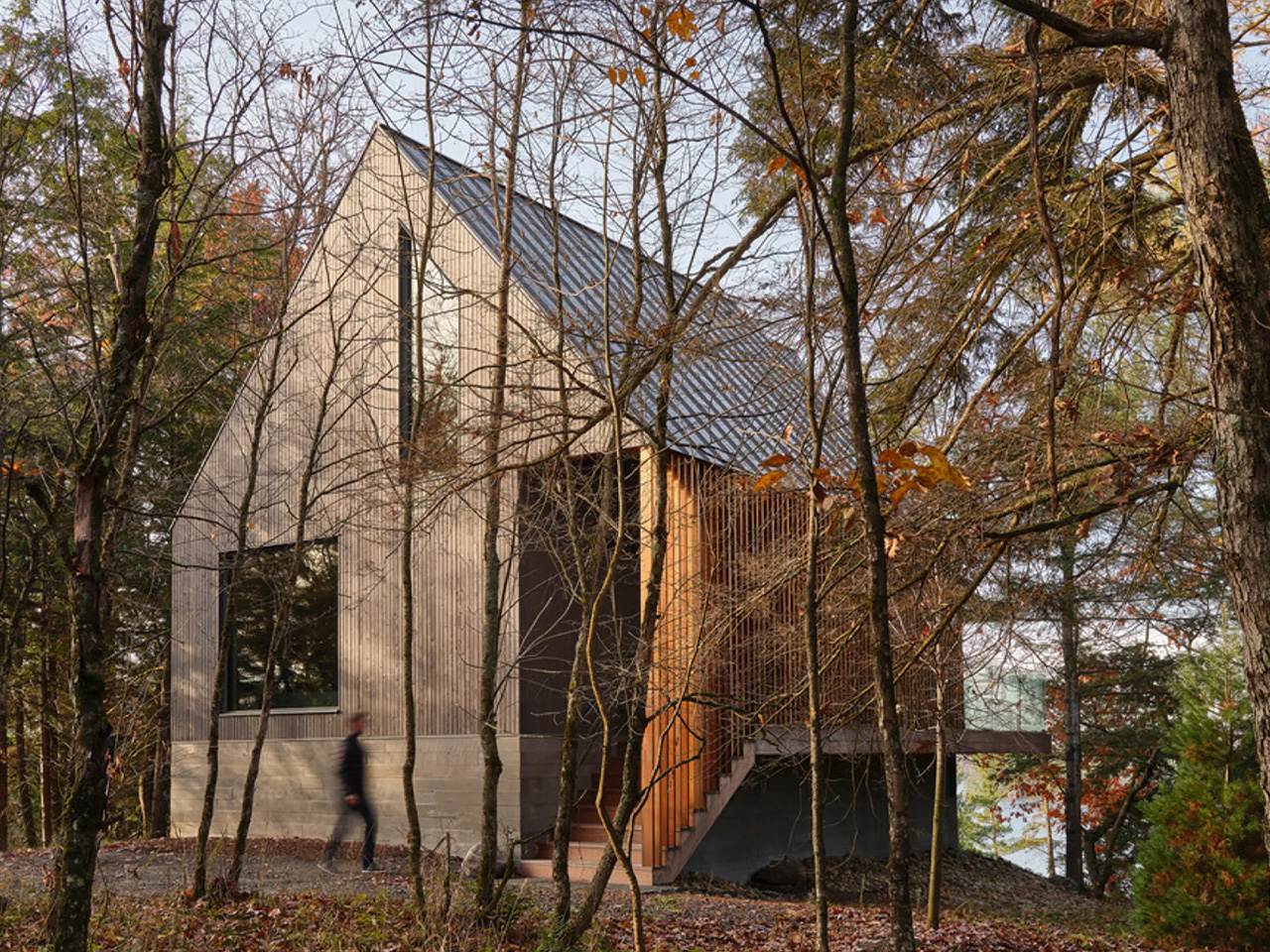The abuse started early. A couple of the teenagers handed me a note which read: “Excuses: 1. There is no sea in Offaly.
2. Two sore knees, one of them very bad. 3.

The waves are too big/too small. 4. This board is useless.
” The last time I had tried to surf was in Clare. The instructor was a patient man. He quickly realised the limitations of the talent he was working with.
He duly went about the whole thing with unfailing good humour. And no little slagging. By the end of the first half-hour, he had nicknamed me “Hawaii”.
You can imagine the tone of it for yourself. For the rest of the week, he’d shout: “Nearly Hawaii, Nearly!” Nearly never stood on a surfboard. Subscribe today Offer available on annual digital subscriptions only.
Ts&Cs apply. Hang On. Get a FREE €50 Intersport Elverys Gift Card with an Irish Examiner annual subscription Subscribe today All around me kids of all ages were making out like they’d been born beside the sands of Waikiki Beach.
It looked like great fun. I couldn’t wait to stand up alongside them. Unfortunately, God may love a trier, but there are some things that no amount of effort and desire can overcome.
Nonetheless, my instructor never flagged in his amused encouragement (or in his irony). On the Thursday or the Friday (the days swam one into the next), he shouted: “Good man Hawaii! You’re flying. You’ll be out in the carpark next if you’re not careful”.
The only way I’d have made it out into the carpark is if I’d been laid out flat on the board and carried across sea and strand by four stretcher-bearers. It was a magnificently enjoyable failure, all the more satisfying for its completeness. Now, though, a new arena: the soft sands of Ile-de-Ré, beside La Rochelle on the west coast of France.
It is a place that is truly lovely and a great island for anyone who wants to try all manner of water sports. There is windsurfing and jet-skiing, paddle-boarding and kayaking, sand-yachting and kite-boarding. There is also, of course, yachting and other more traditional boating activities, but these are trumped by the new arrivals.
There is no better place to try to understand how adventure sports and activity-based holidays have added a new dimension to the modern world of sport. The global adventure sports travel market is now estimated to be worth more than €80bn. In Ireland, there is a swelling annual growth in adventure sports that has seen it push above €1bn.
The next decade will bring more and more expansion. Evidence of growth can be found in the numerous third-level courses that now prepare people for work in this sector of the leisure industry. The growth of adventure and outdoor sports is driven by people who are not competing against each other in organised competitions.
Instead, it is about people who are out for exercise and pleasure; they find fulfilment in this leisure rather than in any codified sport. So I’m back in the sea trying to stand on a board and take a wave in towards the beach. There’s no instructor engaged on this occasion.
Just those teenagers and their words of wisdom. They take time out from their own runs to offer advice. Despite all the slagging, they’d love to see me manage to stand on a board too.
And it’s not that what I’m trying to do is actually unique. I know enough about the history of surfing to be clear that people have been doing this for fun for centuries. In Hawaii, long wooden boards were used to ride the waves and the practice was so deeply engrained in the culture that it was part of Hawaiian mythology that surfing had been introduced to the islands by Kanaloa, the God of the sea.
Before that, there are Polynesian cave drawings of people surfing a millennia ago. There is also what is most likely the first western recording of surfing in the diary kept by Joseph Banks who was with James Cook on his first voyage with the HMS Endeavour. When the ship was docked in Tahiti in 1769, Banks described the way locals rode the waves as their form of amusement.
It is Hawaii that is most associated with the sport as it developed in the 20th century. The globalisation of modern life and the way culture is transferred across continents, paying no heed to national borders, rendering them irrelevant in the longer run, can be seen through surfing. Between tourists coming to the island and Hawaiians heading to California, surfing began to adopt its modern form.
This accelerated from the 1960s onwards, powered not least by its association with counter-culture. The mass manufacture of modern boards proved a hugely lucrative business as surfing enjoyed glorious exposure in modern media, particularly through film and music. The dramatic imagery of people riding huge waves has proven enduringly attractive.
It is both sport (with championships, a professional scene and lucrative sponsorship deals) and pastime (allowing for people of all ages to take to the sea and imagine). You can trace its arrival into France and the way it prospered all along the west coast where the Atlantic waves were a huge lure. In the warm water of Ile-de-Ré, the waves are strong enough to allow for surfing but not so strong as to intimidate.
There are surf schools at work and plenty of people stepping out of camper vans with boards under the arm. The teenagers are having no trouble. They stand and surge and ride and fall.
And they do it again and again, apparently incapable of being in any way bored. No two waves are the same, says one of them, as if a veteran of the oceans. And maybe that’s the problem.
I fix one problem in response to the wave just passed, but the next wave produces a whole new challenge. There is no need here to rehearse every detail of what went wrong, nor to relive the many near misses. It’s a familiar story: I climb up and nearly stand.
I fall into the sea. Again and again. Paul Rouse is professor of history at University College Dublin.
.



















